Written by Tigran-Lucian Mandalian
Inside of this post
If you are historical and cultural lovers, the water puppet show is totally worth for watching. Please spend a little bit time to read this article before you will enjoy that show.
A short brief history
Water puppetry (Múa rối nuớc – “Making puppets dance on water”) traces its origins to 11th century C.E. in the villages from the Red River Delta area of northern Vietnam. Rural populations believed that all aspects of their lives and the natural environment were controlled by supernatural forces. Water puppetry may have been a way to please these forces, as well as a form of entertainment.
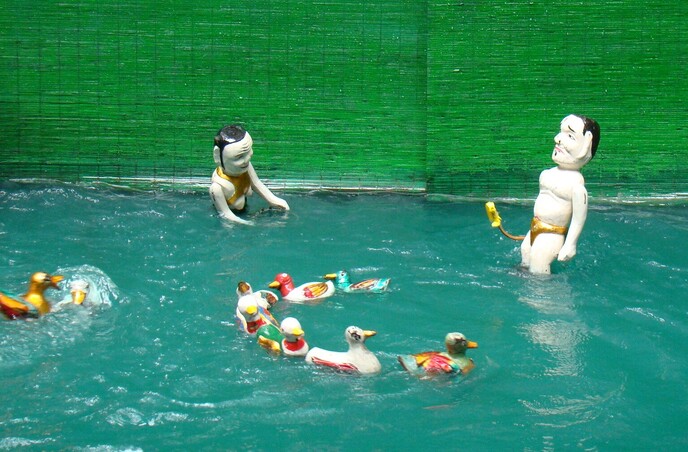
In each culture, puppetry has served as a source of income, functioned as a tool for commenting on the social and political events, acted as an escape and relief from daily life. Vietnamese puppet traditions have been especially vital in the history of Vietnam. There are two major theatrical forms within the Vietnamese culture: Tuồng (Classical Opera) and Chèo Theatre (traditional Folk Opera). Both of them had a major role in the development and endurance of Vietnamese Water Puppet Theatre.
At the beginning, ponds and flooded rice paddies after harvest were the stages for the water puppetry shows, reflecting how northern Vietnamese villagers adjusted their economic and cultural practices to the landscape.
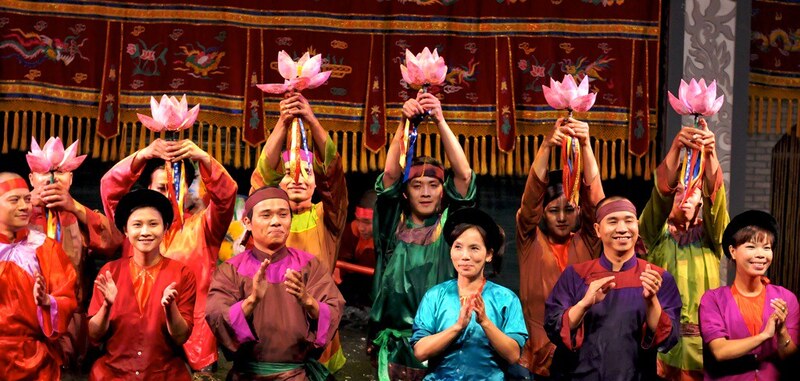
What materials are used to make the puppets
The puppets are made of locally available wood that can be attained without any cost – the most common material is the wood from fig trees – its leaves can be used for pigs feeding, the fruits can be eaten raw or salted and used in different recipes, and its light, water resistant wood can have many uses, puppet carving being one of them. The size of the puppets can vary from 0.3 m to 1 m and weigh about 5-15 kg.
The secret of the puppets durability and beauty lies in the painting, sometimes even 7 layers of paint being applied.
For many generations, practicing the art of water puppetry involved water-borne diseases, rheumatism and leeches. The artists endured cold winter performances with the help of strong doses of Nước Mắm (a fish sauce with garlic, limes and chili) and ginger tea. Nowadays the puppeteers wear waders.
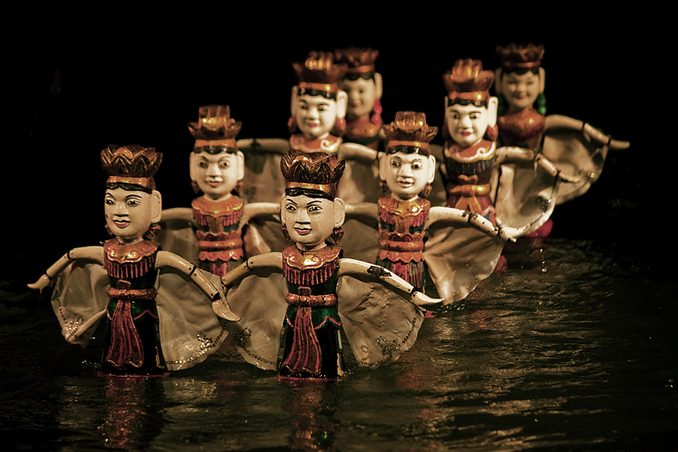
A water puppet show
Besides the dance of the puppets, singing, traditional musical instruments (drums, wooden bells, cymbals, horns, two-string Chinese violins, flutes) and the decorations of the stage contribute to the artistic atmosphere. Thus, water puppetry is a complex art which includes sculpture, architecture, painting, dance, music and literature.
Water puppetry has always made a good “team” with festivals: Each Lunar March 13, Bo Duong villagers hold a village festival dedicated to their tutelary god. Aside from worship, the festival is also an opportunity for villagers to relax by watching water puppetry, fireworks, flying kites and cock-fighting contests.
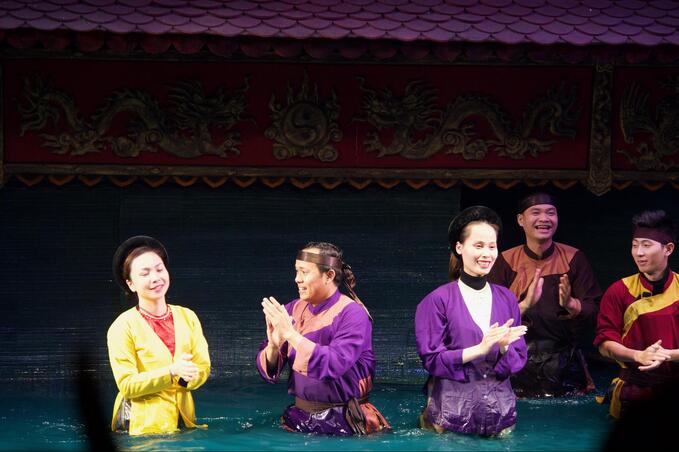
The love and appreciation for this form of art made a young woman (Hoang Huong Giang) build a miniature water puppet stage in District 1 of Ho Chi Minh City (former Saigon). Besides preserving this traditional art and bringing the water puppetry back to people’s spiritual life, Giang and her partners also present modern topics such as educational content about traffic safety.
Where to watch
You can find several water puppet theatres presenting traditional performances. There are some best places in the cites to enjoy a show such as:
I am sure you will be excited and enjoyable this show. You visit a water puppet show by yourself or contact the travel agents you trust or ones recommended the travel sites as ours to find a good seat in the theatre. IndochinaGo hope you have a safe trip and enjoy it. Don’t hesitate to contact us for more information from experienced and professional travel guides.
Sources:
Gaboriault, D. (2009). Vietnamese water puppet theatre: A look through the ages. Student Honors Theses, 205.
Linh, N. T. T. (2005). Water Puppetry And Peasants’ Life In Vietnam. Journal of Mekong Societies, 1(3), 45-75.
Pack, S., Eblin, M., & Walther, C. (2012). Water Puppetry in the Red River Delta and Beyond: Tourism and the Commodification of an Ancient Ritual.
https://en.nhandan.vn
http://english.vietnamnet.vn (from https://web.archive.org)
http://www.sagecraft.com/puppetry/traditions/Vietnamese.html

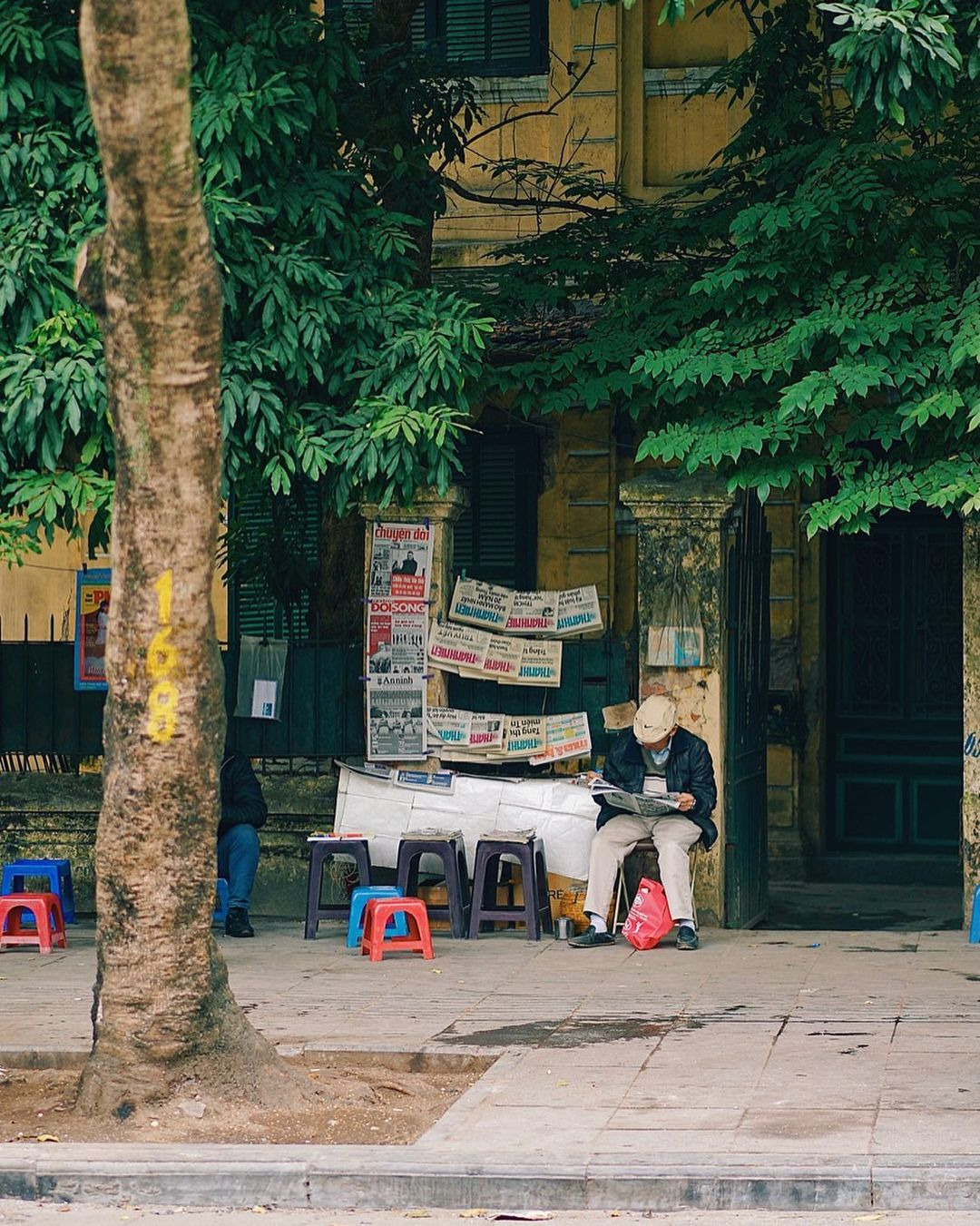
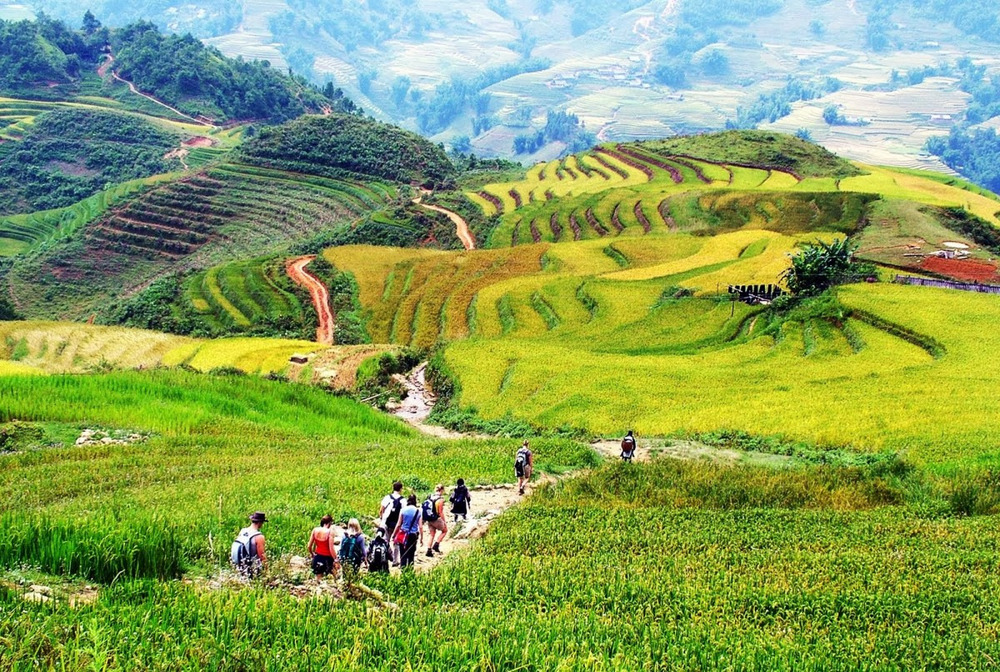


The Vu Lan festival is just around the corner providing us the chance to gather with family, express love and gratitude to parents as well as ancestors. Held in the…
Written by Tigran-Lucian Mandalian Insight of this post: The preparation time before celebrating Tet Festival. How to celebrate Tet Festival. Tet (Tet Nguyen Dan – Festival of the First…
Written by Tigran -Lucian Mandalian Hoi An City is located in central Vietnam in Quang Nam province and is an UNESCO World Heritage Site. Historically, Hoi An was a famous…